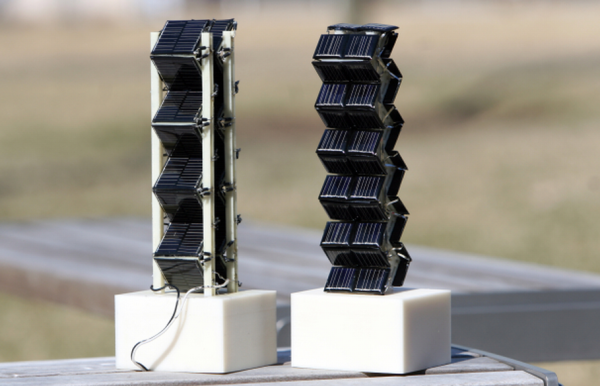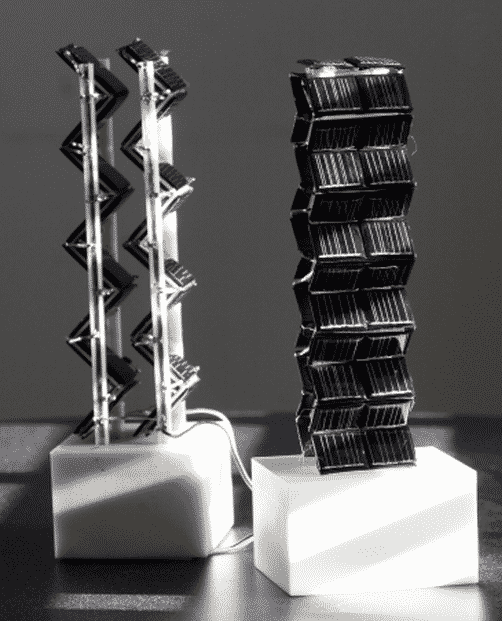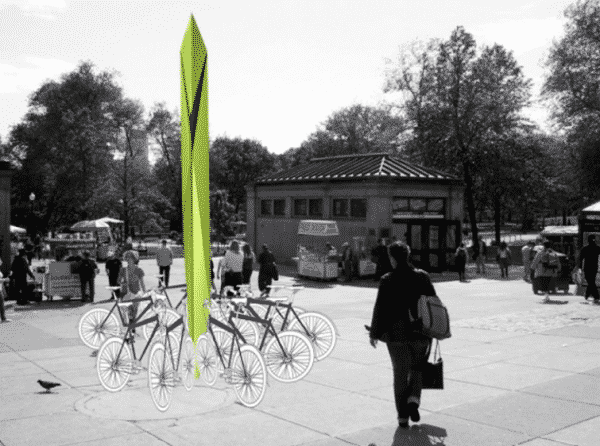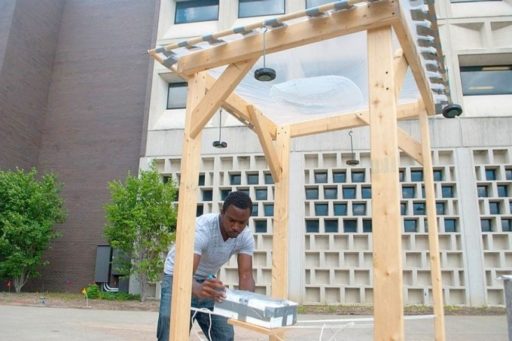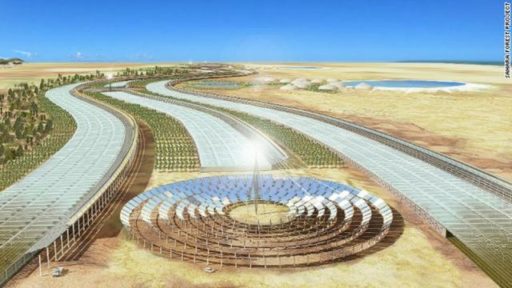Intensive researchers around the world have always focused on improving the performance of solar photovoltaic cells and bringing down their cost. According to Massachusetts Institute of Technology (MIT) researchers, because the cost of solar panels has dropped so much, it is the time designing 3D structures to take in more light and boost power output. Now, MIT researchers test show, building cubes or towers that extend the solar cells upward in 3 dimensional configurations can provide power output ranging from double to more than 20 times that of fixed flat panels with the same base area. In simple word, in a confined area, get double power through solar energy rather than using conventional method.
The MIT team initially used a computer algorithm to explore an enormous variety of possible configurations. They developed an analytic software that can verify any given configuration under a whole range of latitudes, seasons and weather. Building solar arrays with few panels at different angles can significantly improve performance. The MIT team tested 3 different arrangements of solar cells on the roof of MIT laboratory building for several weeks in order to make sure about the confirmation of their model’s predictions.
Using simulations and small test structures, the group found, an accordion-like structure made up of multiple cubes stacked facing different directions appears to get better light with no expensive costs.
“I think this concept could become an important part of the future of photovoltaics,” says the paper’s senior author, Jeffrey Grossman, the Carl Richard Soderberg Career Development Associate Professor of Power Engineering at MIT. “Even 10 years ago, this idea wouldn’t have been economically justified because the modules cost so much. (Now) the cost for silicon cells is a fraction of the total cost, a trend that will continue downward in the near future.”
Though the idea is fantastic, but it’s really hard to find a place in cities to make solar structures with panels at different angles. MIT group has taken a systematic approach that will let the designs predict power increases with 3D shapes. MIT’s next step is to test several solar structures in a group to measure the effects of shading. You can find the whole details in here.
Source : MIT

